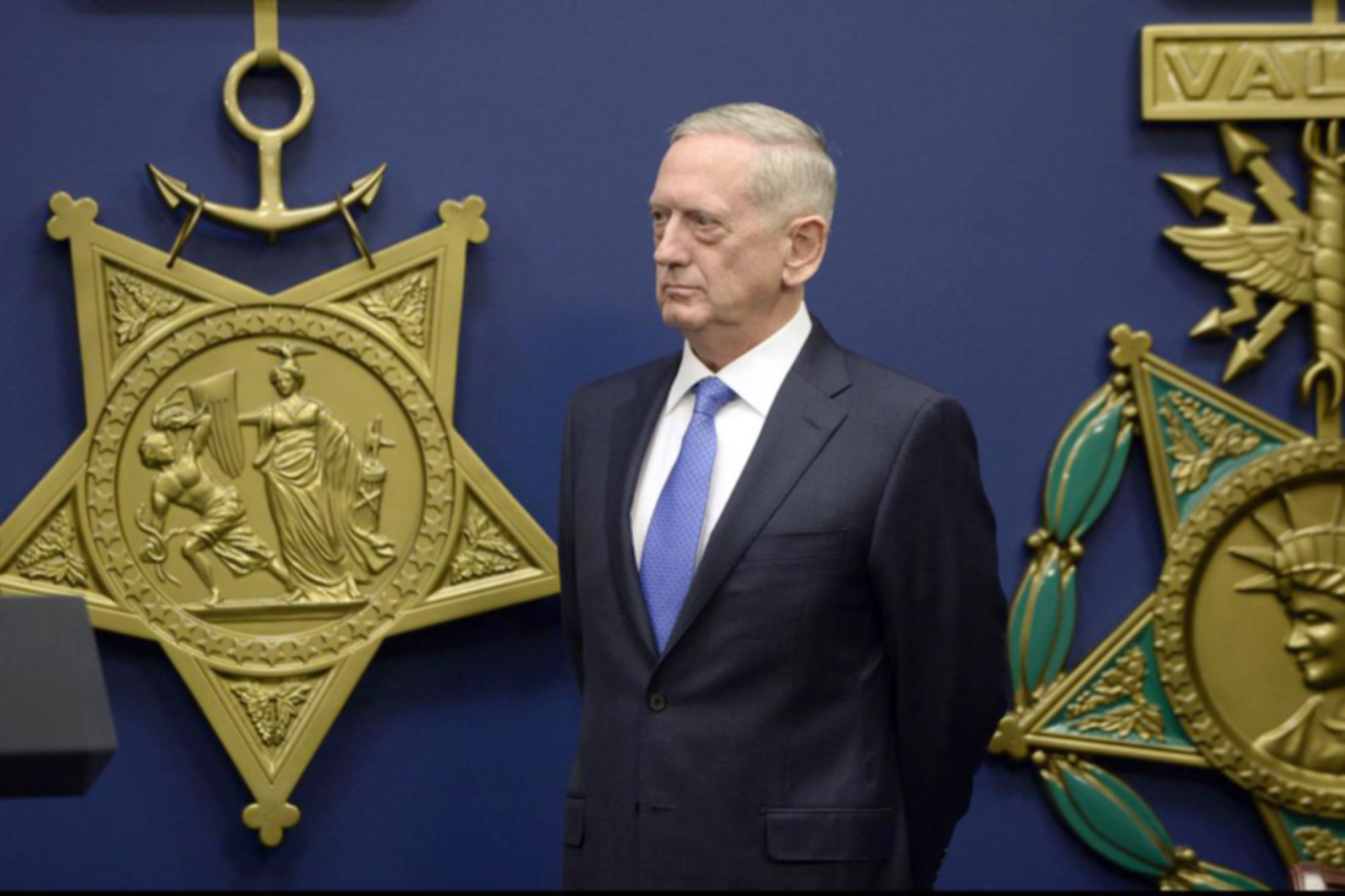If the U.S. is to maintain a military that is capable and ready to fight, immediate action is essential. Given a political process that is broken, the outlook is not good
By Harlan Ullman
Few Americans, especially in Congress, understand that the most pernicious and potentially most dangerous threat to the United States military is not North Korea, Da’esh, Iran or even Russia or China. Instead, this threat is home grown ironically arising from the law and the way the Department of Defence is forced to conduct its business. In a letter to Senator John McCain, Chairman of the Senate Armed Services Committee with copies to other members dated September 8th, Secretary of Defence Jim Mattis specified reasons why the US military is in grave danger.
Citing the harm done to the US military by a combination of Continuing Resolutions (CR’s) as opposed to passing a real defence budget; sequestration that imposes mandatory and arbitrary cuts; and budget caps that limit defence spending, Mattis bluntly informed Congress that without relief “our air, land and sea fleets will erode.” The secretary’s understatement speaks volumes. In fact, the US military is at great risk of becoming a “hollow force,” that is a force incapable of carrying out its missions and infected with low morale.
Following Vietnam, as happens after every war, the U.S. military imploded into a hollow force. The consequence is that when it was ordered into action, it often failed. Desert one, the raid to free 54 Americans held hostage in Tehran in 1980 was the text book case of military failure. Had war broken out in Korea or against the Soviet Union, it would not have gone well. Fortunately, deterrence and containment prevailed and the hollow force did no lasting damage to the nation.
The most pernicious and potentially most dangerous threat to the United States military is not North Korea, Da’esh, Iran or even Russia or China. Instead, this threat is home grown ironically arising from the law and the way the Department of Defence is forced to conduct its business. The first two decades of this century however have been filled with continuing violence and conflict in which American military forces have been actively engaged in combat for the past sixteen years. That fortunately was not the case from 1975 until after September 11th. And there are no guarantees that future years will be any less testing.
With a nominal annual defence budget in excess of $650 billion, the obvious question is how can this happen? How can the most formidable military in the world be at risk of an implosion? The answers rest in a system that is irrational at best. And to some, the system has become insane.
The effect of CR’s means that no new starts are allowable and budgets are frozen at prior years’ levels. Sequestration requires automatic and arbitrary cuts to all defense programs to remain under budget caps a process so detrimental to good planning that only the KGB or the Islamic State (IS) could have created it Finally and not mentioned in Secretary Mattis’ letter is the destructive effect of uncontrolled internal annual real cost growth of about 5-7 percent.
Today, this cost growth amounts to between $30-50 billion a year and applies to every item in defence from people to precision weapons to pencils. The driving causes are the increasing expense of people from compensation to retirement; health care; technology; and unanticipated cost growth across most defence programs. This means that just to stay even, if these costs are not controlled, the Pentagon will need an additional $30-50 billion a year. And at 7 percent, costs double every ten years.
This leaves three and only three choices. First, the nation can spend what is needed to maintain the current active duty force of about 1.2 million at high levels of capability, readiness and morale. That will require an annual budget well over $700 billion a year along with increases to cover this explosive uncontrolled internal cost growth.
Second, the nation can continue on the current course that inevitably will produce a hollow force putting the nation’s defence and security at substantial risk. Third, if a hollow force is to be avoided, both missions and tasks the Pentagon is meant to fill as well as numbers of active duty and reserve and national guard forces must be reduced or cut in keeping with future budget realties.
But no matter which course of action is taken, uncontrolled internal cost growth must be contained. However, if CR’s, sequestration and budget caps remain, it will be virtually impossible for the Pentagon to avoid the fate of becoming a “hollow force” an outcome that must receive far great public attention.
If the US is to maintain a military that is capable and ready to fight, immediate action is essential. Given a political process that is broken, the outlook is not good. Secretary Mattis will have to do far more than write letters for Congress to recognize this looming Pentagon implosion and prevent it from ever happening.
The writer has served on the Senior Advisory Group for Supreme Allied Commander Europe (2004-2016) and is currently Senior Adviser at Washington DC’s Atlantic Council, chairman of two private companies and principal author of The Doctrine of Shock and Awe.

